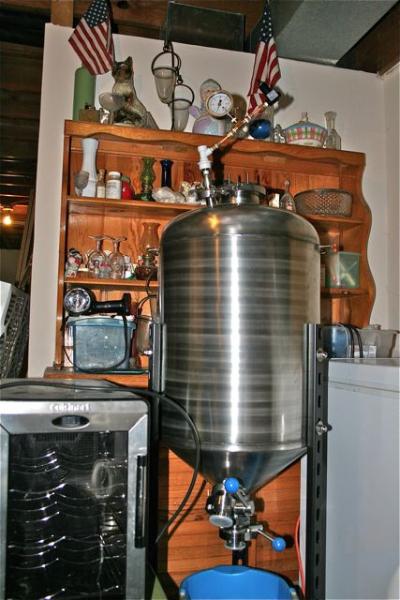Hey guys, thanks for this great thread. I've got a couple questions, and I'll admit to reading a lot of it, but not all 1127 previous posts

So I apologize if these have already been answered.
Background: I've got a Brewhemoth, and am making 15-20 gallon batches. I keg in Cornelius kegs.
This is what I'd like to do with the Brewhemoth - it will hold pressure, so I want to cap it towards the end of fermentation. My concern with a fully closed ferment would be with blow-off exiting through the spunding valve. Even with my not-so-vigorous ferments, there always seems to be some gunk that is left in the blowoff tube. Do you find any issues in your ferments just using a spunding valve and no blowoff?
I also want to do this, but now I'm wondering how you know when the keg is full. Since I have 15+ gallons in the conical and only 5 gallon kegs, I can't use the method above. I'd really rather not let the beer come up into the OUT diptube, since that's already too late. I can't open the thing to look in, because there goes my counter pressure. Anyone have a good solution for this?
Thanks!
-Joe






